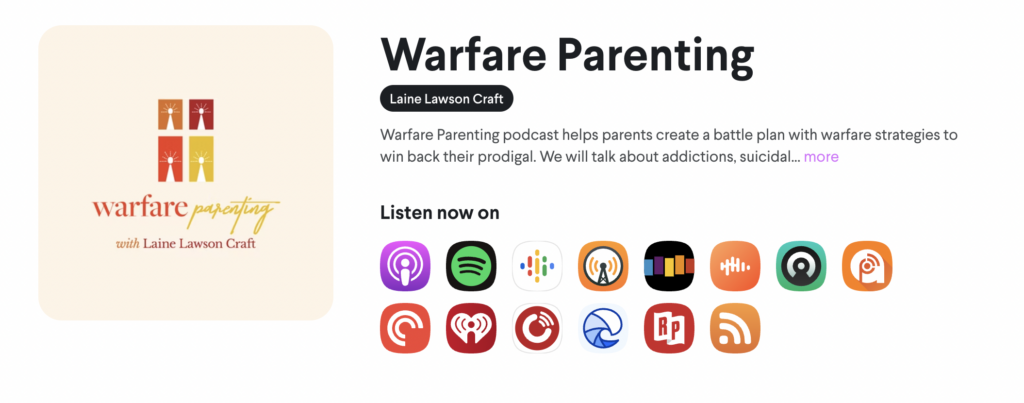Resources for Suicidal Teens and Parents
In the last few blogs, we’ve talked about a tough subject, suicide, and suicidal thoughts, with Lori Wildenberg. We first started the conversation with what is suicide and what are suicidal thoughts. Then we shared Lori giving her powerful testimony about how her daughter, who had an unsuccessful suicide attempt and now is thriving and doing great. We have shown risk factors and signs to look for in children. Today we conclude with a few lasting points and resources.
Keys to Overcoming Suicide and Suicidal Thoughts
One of the keys to overcoming suicide and suicidal thoughts is to stay connected and communicate. Many times this can be something we tend to avoid because this is a tough subject to talk about with our kids. We are reluctant to go to a child we love and ask the hard question, “Have you thought about suicide” and not want to hear the answer that they may be depressed or thinking about suicide.
Another key truth is that positivity can be toxic because it feels dismissive. If our kids come to us with genuine concern, and we dismiss it and put a positive spin on it, we’re telling them we don’t want to hear their struggle, to get over it, and that there’s always a silver lining. What is more important than positivity is giving the reality that life can be hard. God is still good, but life is hard. We need to let our children know that there are struggles and understand that it’s not always going to be what it might look like on social media. Life is hard, and it’s filled with hard things, and that’s not such a bad thing that it is filled with hard things. We need to explain that if we think about it, in sadness, when we experience sadness, which draws up compassion, and if a person feels fear, this can draw up bravery in a person. Anger can help someone get to a place where they do some problem-solving. Everyone likes happiness; happy is excellent; no one’s going to argue that, but our kids will live a full life, so we want to ensure that we equip them for that full life.
Another key is that fear and worry can kick into anxiety, and sadness can kick into depression, which can kick into suicidal ideation. So, watch if our kids are feeling sad; if it’s temporary, that’s typical, temporary if they can still express joy in their grief and sadness. For example, let’s say that maybe a grandparent has passed away; if they can still recall a funny story and laugh and enjoy things still, even during the grief, if you can see that, what you know is your child is experiencing sadness, not depression. But if sadness continues for some time, you need help. Some studies say even if there’s no joy, if it’s only sadness for a few weeks, get help; others say a little longer. But I would say you know your child and watch for when help needs to come.
The last key today is if we feel like our child may be sad or depressed and possibly have suicidal thoughts treat it now. Look at it like your child has some illness or physical sickness; you would seek help whether your child wanted it or not, right? Even if they didn’t want help and broke their leg, you would still go to the doctor to get their legs set. So we move forward as responsible parents; we don’t wait for them to say, Yes, I’m ready for help. We get help. We go to the doctor, we go to the pediatrician, and we find a therapist.
I pray that these informative and moving conversations on suicide and suicidal thoughts in our children have touched you and have helped bring light to the dark topic.

Listen to the Warfare Parenting Podcast today and don’ forget to visit LoriWildenberg.com and find many more resources.
Another resource: National Suicide Prevention Lifeline, is 1- 800-273-Talk
Links + Resources:
DOWNLOAD FREE: Warfare Prayers – Laine Lawson Craft
SOCIAL ===============================
FACEBOOK: https://www.facebook.com/LaineLawsonCraft
TWITTER: https://twitter.com/LaineLawsonCrft


